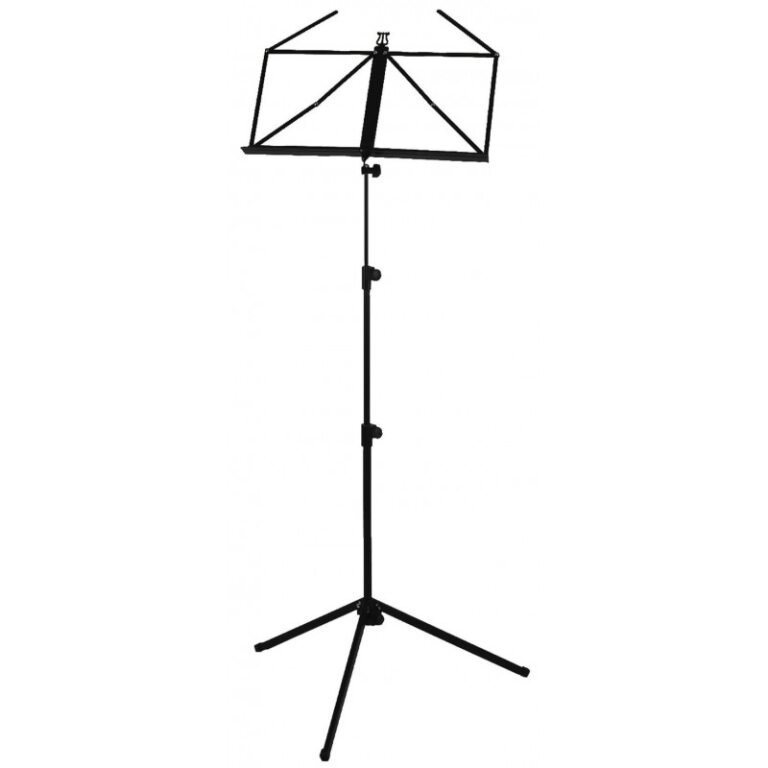DER MUSIKSHOP des Musikverlags Editio Musica Budapest
Nicht verfügbar
Besetzung: Violine
Anzahl der Seiten: 32 Seiten
Format: 23,1 x 30,3 cm
Verlag: Schott
Artikelnummer: SF6603
Verlagsnummer: SF 6603
ISMN: 9790543500624
Aft er having practised copiously within this genre from his earliest childhood onwards, Richard Strauss had advanced to become one of the leading composers of lieder with his around 40 songs op. 10 to op. 29 composed between 1885 and 1895. During this period, he had created numerous lieder which had swift ly gained popularity and are still part of today's standard repertoire. Strauss was well aware of his success as displayed in a letter to the publishing house Adolph Fürstner on 7 February 1896 during negotiations for his fee for the Lieder op. 31: ''DearMr Fürstner! It is not a mistake that I now charge 300 marks for each song. My lieder have steadily gained success, are frequently sung and universally popular: I have therefore slightly raised my prices.'' The lieder op. 31 to op. 43 (incl. Weihnachtsgefühl) originated during a creative phase in which Strauss applied himself intensively to the lied genre as clearly demonstrated by the examination of the dating of the songs. The comp osition of the lieder between op. 10 and op. 29 was undertaken over a period of ten years whereas the equally extensive opuses 31 to 43 were completed in just under half the time: between 1895 and 1899. At this time, Strauss also began orchestrating a number of his lieder with piano for orchestra in preparation for large-scale concertswhich would also feature other works such as his tone poems. Th is repertoire was further augmented by the composition of genuine songs for voice and orchestra. As in earlier periods, Strauss was inspired to compose his lieder aft er reading poetry. This is documented by the numerous surviving poetry volumes in his own personal library from which the composer utilised poems for his lieder from op. 31 to op. 43. This can be recognised through the copious markings in these volumes: frequently merely a cross or scored line as a reminder of the text, but sometimes also initial musical sketches and particularly notes on possible keys and harmonic sequences.
 English
English Español
Español Français
Français Magyar
Magyar Polski
Polski Română
Română Slovenský
Slovenský Slovenščina
Slovenščina 中文
中文